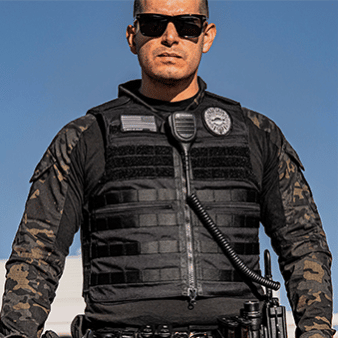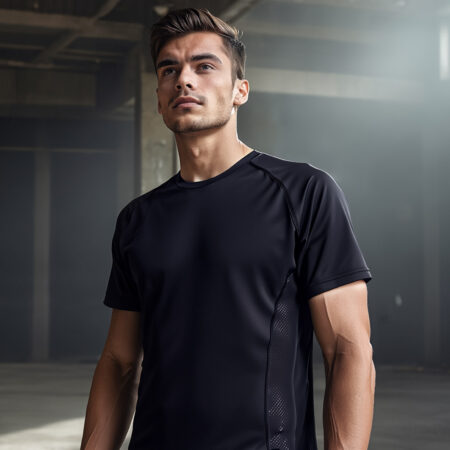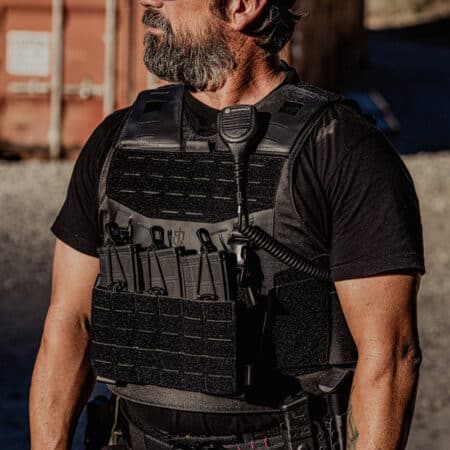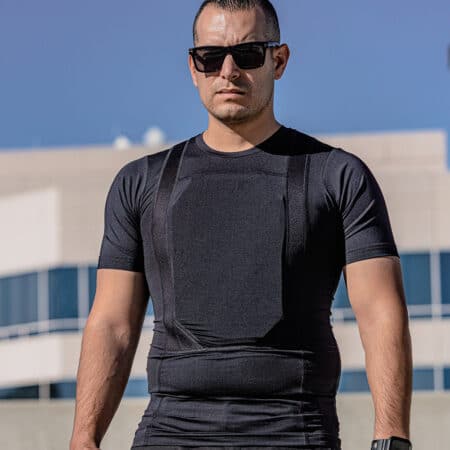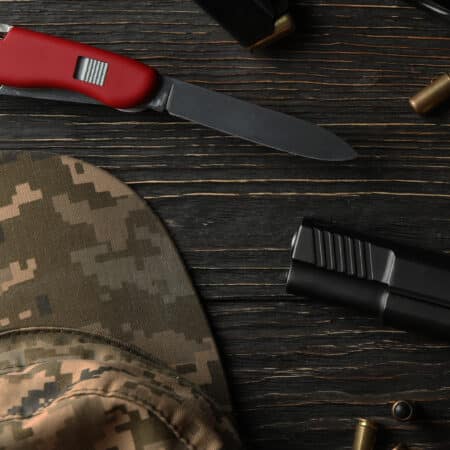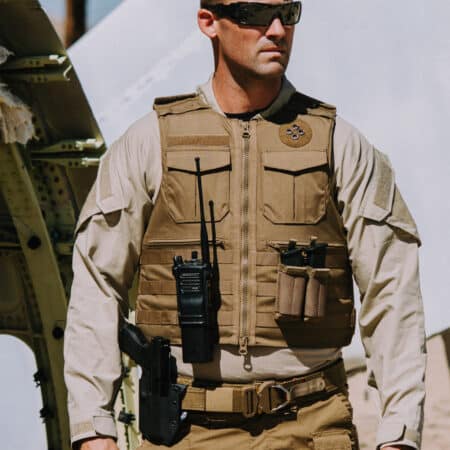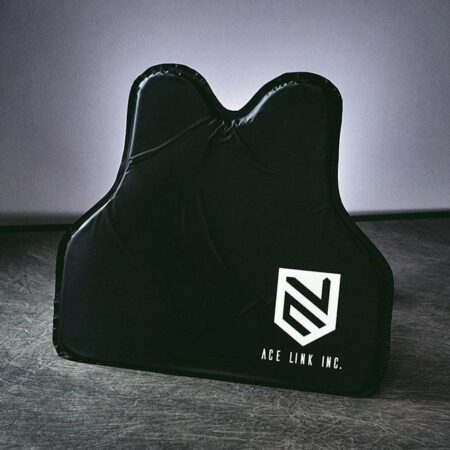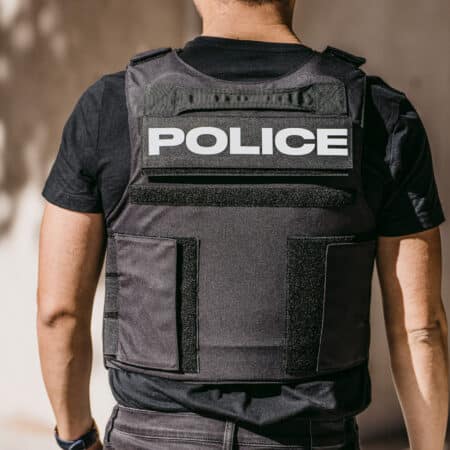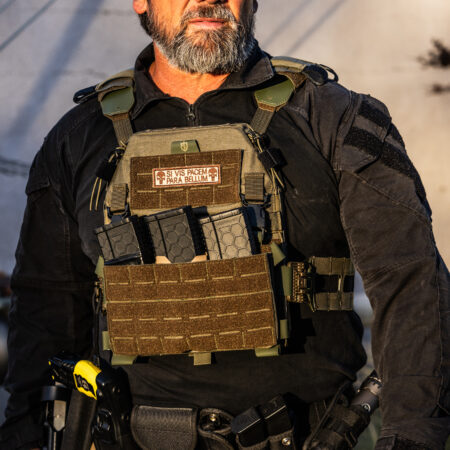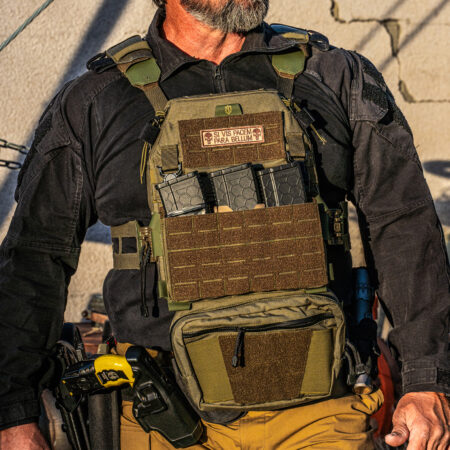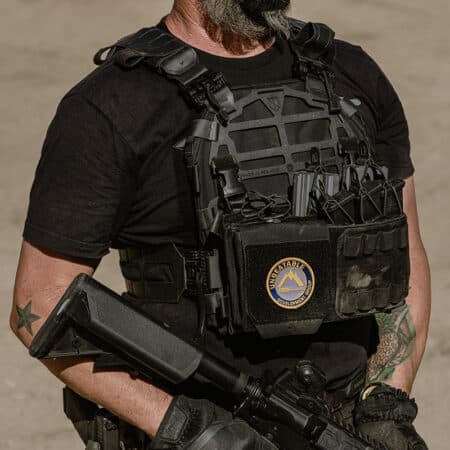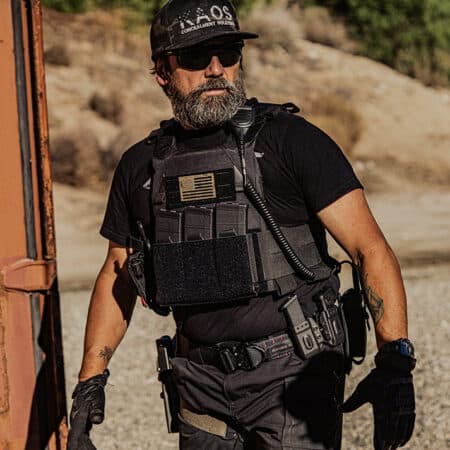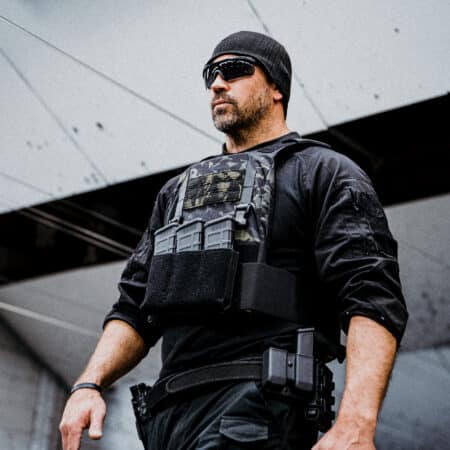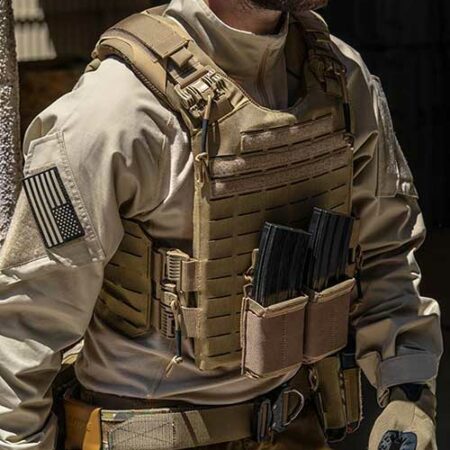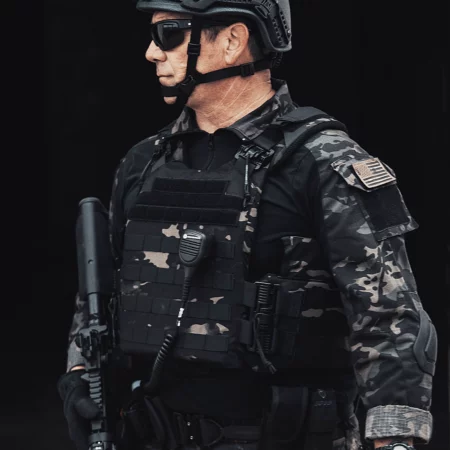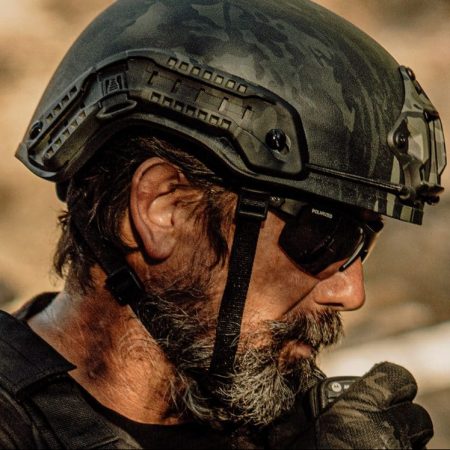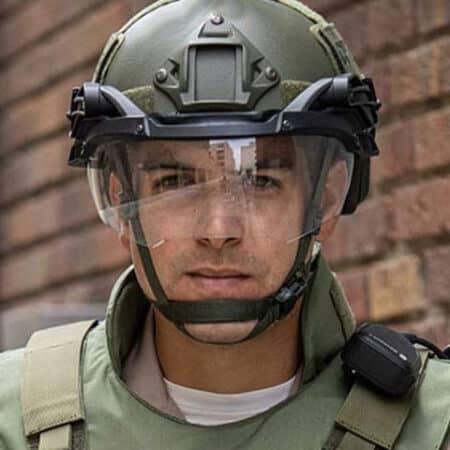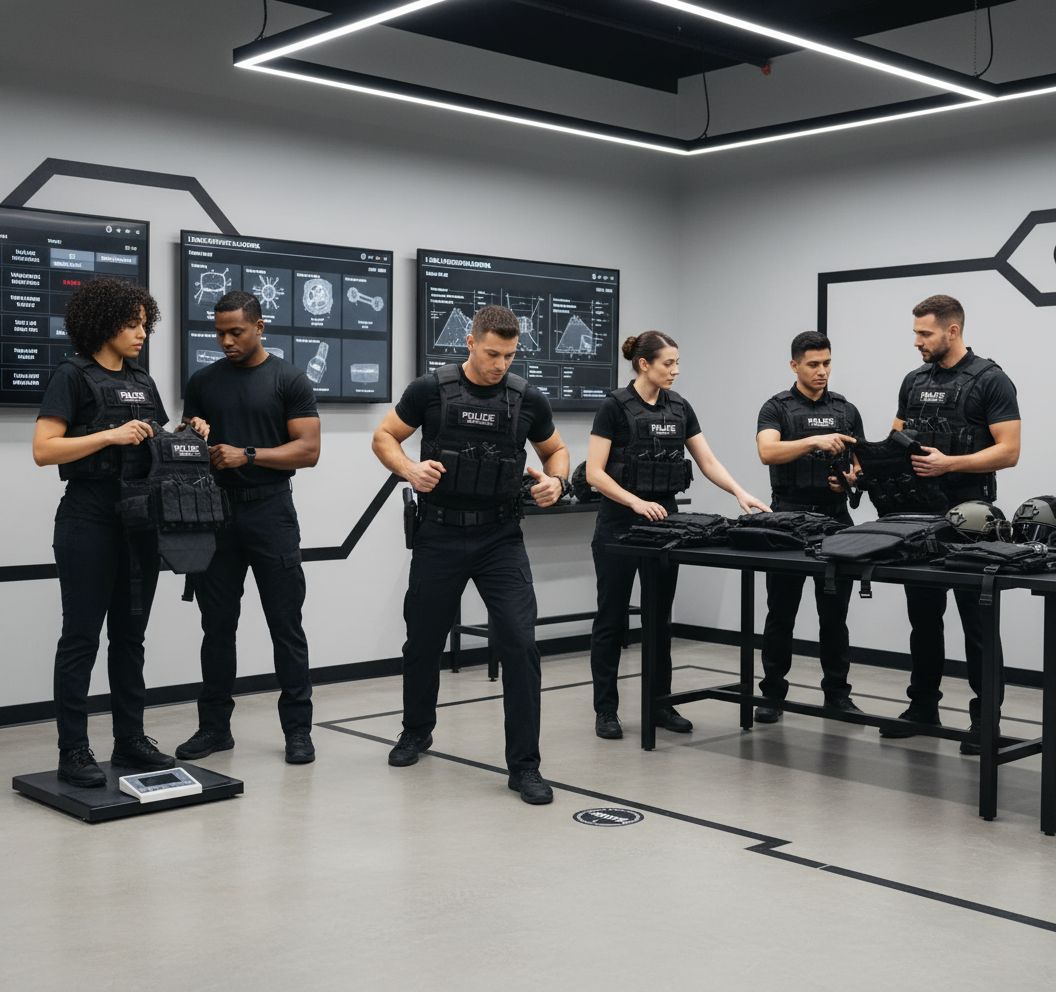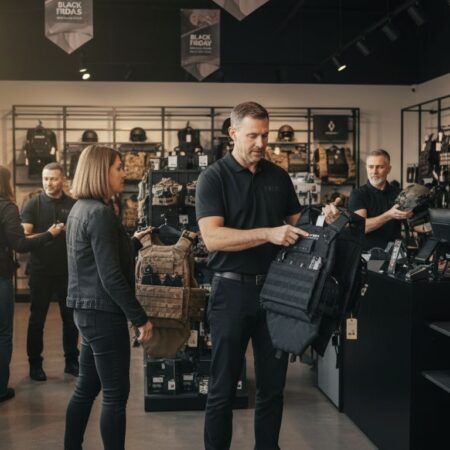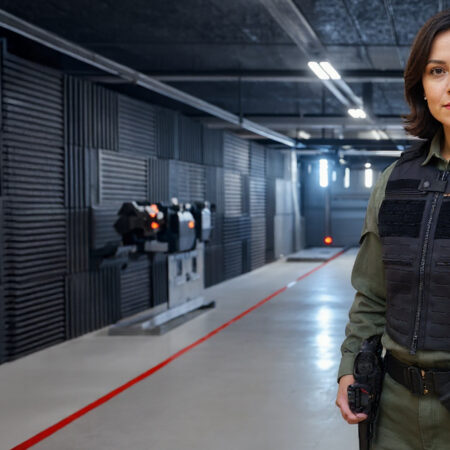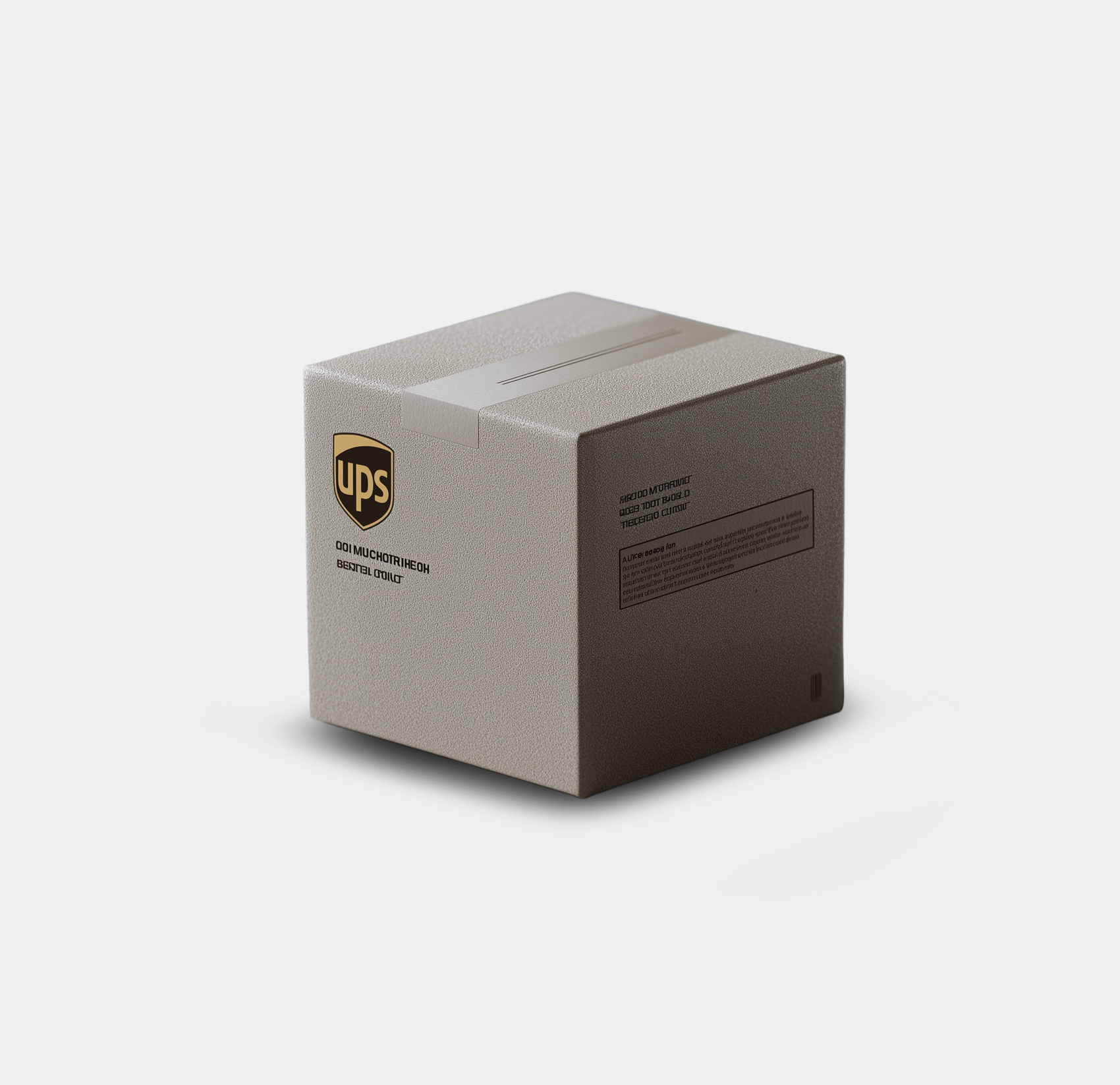- Quick Summary
- Table of Contents
- Step 1: Assess Operational Needs and Threat Levels
- Step 2: Body Armor Fit: Weight and Mobility Requirements
- Step 3: Compare Flexibility Versus Protection for Optimal Body Armor Fit.
- Step 4: Select Gear Balancing Comfort and Safety
- Step 5: Verify Body Armor Fit
- Discover the Ultimate Balance in Personal Protection
- Frequently Asked Questions
- Recommended
Body armor fit is a critical issue – Did you know that poorly fitted or mismatched body armor can reduce protection by up to 40 percent in high-risk situations? Choosing the right gear matters whether you are law enforcement, security, or a civilian. Your safety depends on understanding the specific threats you face and how comfort, mobility, and fit shape real-world protection. Knowing what to look for ensures your body armor works with your needs and environment, not against them.
Quick Summary
| Key Point | Explanation |
|---|---|
| 1. Conduct a thorough threat assessment | Evaluate your operational environment to tailor protective gear based on specific threats and needs. |
| 2. Balance weight and mobility in selection | Choose body armor that provides adequate protection without significantly hindering your movement and effectiveness. |
| 3. Assess flexibility alongside protection levels | Ensure your body armor allows for full range of motion while still providing the necessary safety features. |
| 4. Prioritize comfort in armor choice | Selection of body armor should enhance your performance and comfort, reducing potential distractions during use. |
| 5. Regularly verify fit and performance | Consistently check your armor’s fit and functionality, adjusting as your needs or physical condition change to maintain effectiveness. |
Table of Contents
- Step 1: Assess Operational Needs And Threat Levels
- Step 2: Evaluate Weight And Mobility Requirements
- Step 3: Compare Flexibility Versus Protection Levels
- Step 4: Select Gear Balancing Comfort And Safety
- Step 5: Verify Fit And Protective Performance
Step 1: Assess Operational Needs and Threat Levels
Choosing the right body armor means understanding your specific protection requirements and potential risks. You will learn how to systematically evaluate your operational environment and match your protective gear accordingly.
Start by conducting a thorough threat assessment specific to your mission or daily activities to get to know about your body armor fit. According to the Center for a New American Security report, protective equipment should be carefully tailored based on mission parameters, terrain characteristics, potential enemy capabilities, and authorized protection levels. This means moving beyond generic protection and creating a customized safety strategy.

First consider your primary operational context. Are you a law enforcement officer patrolling urban areas? A security professional working in potentially volatile environments? A civilian concerned about personal protection? Each scenario demands a nuanced approach to selecting body armor. It is critical criteria to consider when speaking about body armor fit.
Here’s a summary of key operational factors influencing body armor selection:
| Factor | Law Enforcement | Security Professional | Civilian Protection |
|---|---|---|---|
| Typical Threats | Handguns Knives |
Firearms Edged weapons |
Handguns Low-level |
| Environment | Urban Patrol |
Variable High-risk sites |
Residential Public |
| Required Mobility | High | Moderate to Low | High |
| Optimal Protection | Level IIIa – III | Level III-IIIa | Level II |
| Concealment Need | High | Moderate | Very High |
Evaluate potential threat levels by analyzing:
- Likely weapon types in your environment
- Potential engagement distances
- Probability of confrontation
- Local crime or conflict statistics
- Specific geographical risks
As the U.S. Army doctrine on Mission Oriented Protective Posture emphasizes, protection must be balanced against performance capabilities. Increasing protection levels can potentially diminish mobility and operational effectiveness. Your goal is to find the optimal balance between safety and functional performance.
Pro Tip: Always test your selected body armor for comfort and mobility before relying on it in critical situations.
The next step is to match specific armor characteristics to your threat assessment findings. This means selecting appropriate protection levels, armor materials, and considering factors like weight, concealability, and temperature performance.
Remember that body armor is a dynamic tool. Regularly reassess your protection needs as your operational environment or personal circumstances change. Staying adaptable ensures your safety strategy remains current and effective.
Step 2: Body Armor Fit: Weight and Mobility Requirements
Understanding the delicate balance between protection and mobility is crucial when selecting body armor. You will learn how to assess your gear based on weight considerations and performance requirements. Body armor fit can affect your performance.
According to the Center for a New American Security study, current body armor can weigh around 32 pounds, an enormous load that can significantly compromise your operational effectiveness. This means you need a strategic approach to selecting protective gear that does not turn you into an immobilized target.
Weight becomes particularly critical when you consider the multiple pieces of equipment required for your specific role. A law enforcement officer on patrol faces different mobility considerations than a security professional in a fixed location or a civilian seeking personal protection. Your armor selection must align with your expected movement patterns and physical demands.

Analyze your mobility requirements by considering:
- Expected physical activity levels
- Duration of potential wear
- Terrain and environmental conditions
- Additional equipment you must carry
- Your personal physical fitness and endurance
Research on modern body armor design reveals a critical trade off. As noted in the body armor design analysis protection levels directly impact weight. Level IV rifle plates provide maximum protection but weigh approximately 7 to 8 pounds compared to Level III plates which range from 3 to 5 pounds. Your challenge is finding the sweet spot between comprehensive protection and maintaining your operational agility.
Pro Tip: Conduct a personal mobility test with your selected body armor to understand its real world performance impact.
Consider lightweight materials and innovative design technologies that can reduce weight without compromising protection. Modern aramid fibers and ceramic composites offer advanced protection with reduced burden.
Remember that your body armor is a dynamic piece of equipment. What works perfectly today might become a liability tomorrow as your operational needs evolve. Stay flexible and be prepared to adjust your protective strategy as your circumstances change.
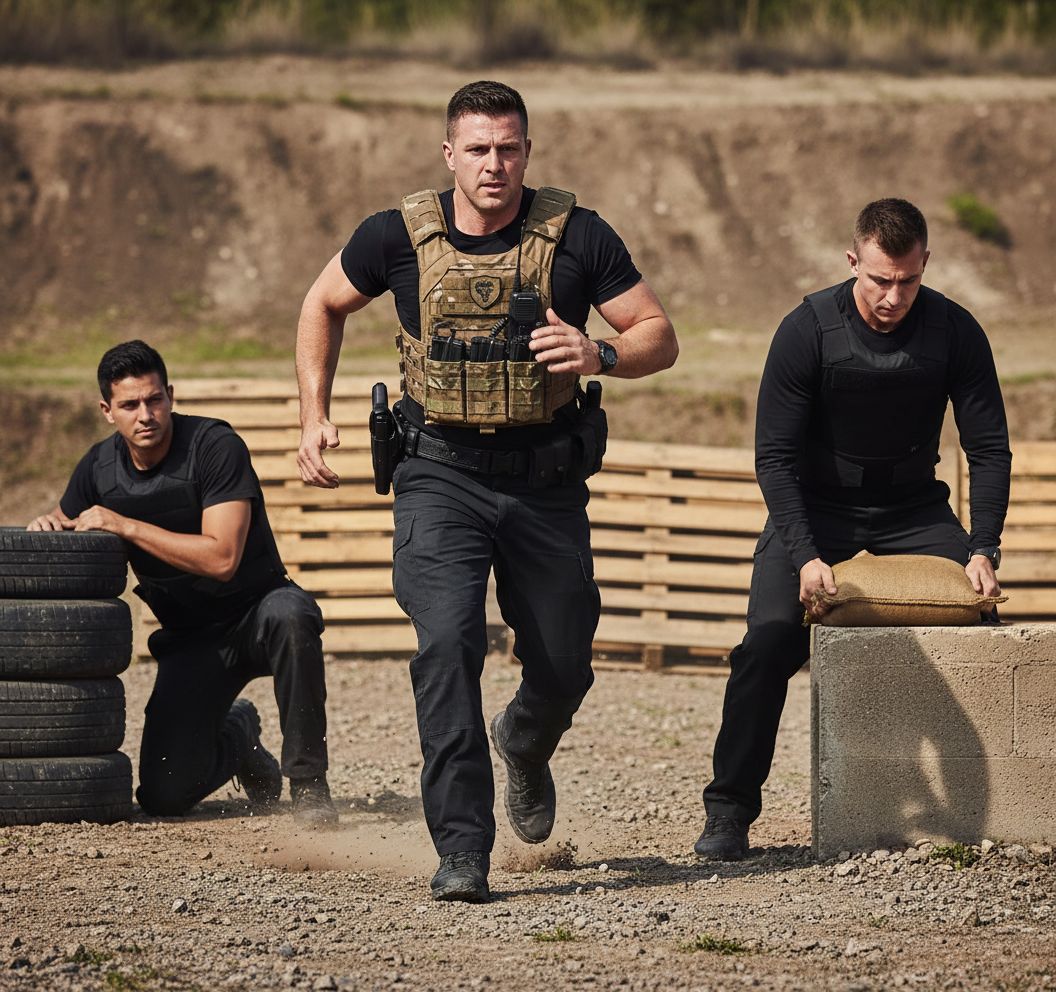
Step 3: Compare Flexibility Versus Protection for Optimal Body Armor Fit.
Selecting body armor requires understanding the critical balance between protective capabilities and personal mobility. You will discover how to evaluate armor that shields you effectively without transforming you into an immobile barrier.
According to the Army’s Mission Oriented Protective Posture doctrine, increasing protection levels directly impacts physical performance. As protection intensifies specialized gear can reduce fine motor skills vision and hearing capabilities. This means your protective equipment must strike a precise balance between safety and functional movement.
Think about your specific operational context. A security professional patrolling urban streets needs different flexibility requirements compared to a stationary guard or tactical team member. Your ideal body armor should feel like a second skin not a restrictive shell that limits your natural movements.
Evaluate flexibility through comprehensive assessment of:
- Range of motion in critical joints
- Ability to perform essential tasks
- Comfort during extended wear
- Breathability and temperature management
- Potential interference with standard equipment
Research on hazmat protective gear reveals an ongoing challenge in protective equipment design. As highlighted in combat gear analysis advanced materials aim to reduce weight and improve flexibility.
However current protective solutions still struggle to eliminate performance limitations entirely.
Pro Tip: Always conduct physical movement tests wearing your selected body armor to validate its real world performance.
Consider modern materials like flexible aramid composites and engineered fabric technologies that provide protection without sacrificing mobility. These innovative solutions represent the cutting edge of body armor design allowing enhanced protection with minimal performance compromise.
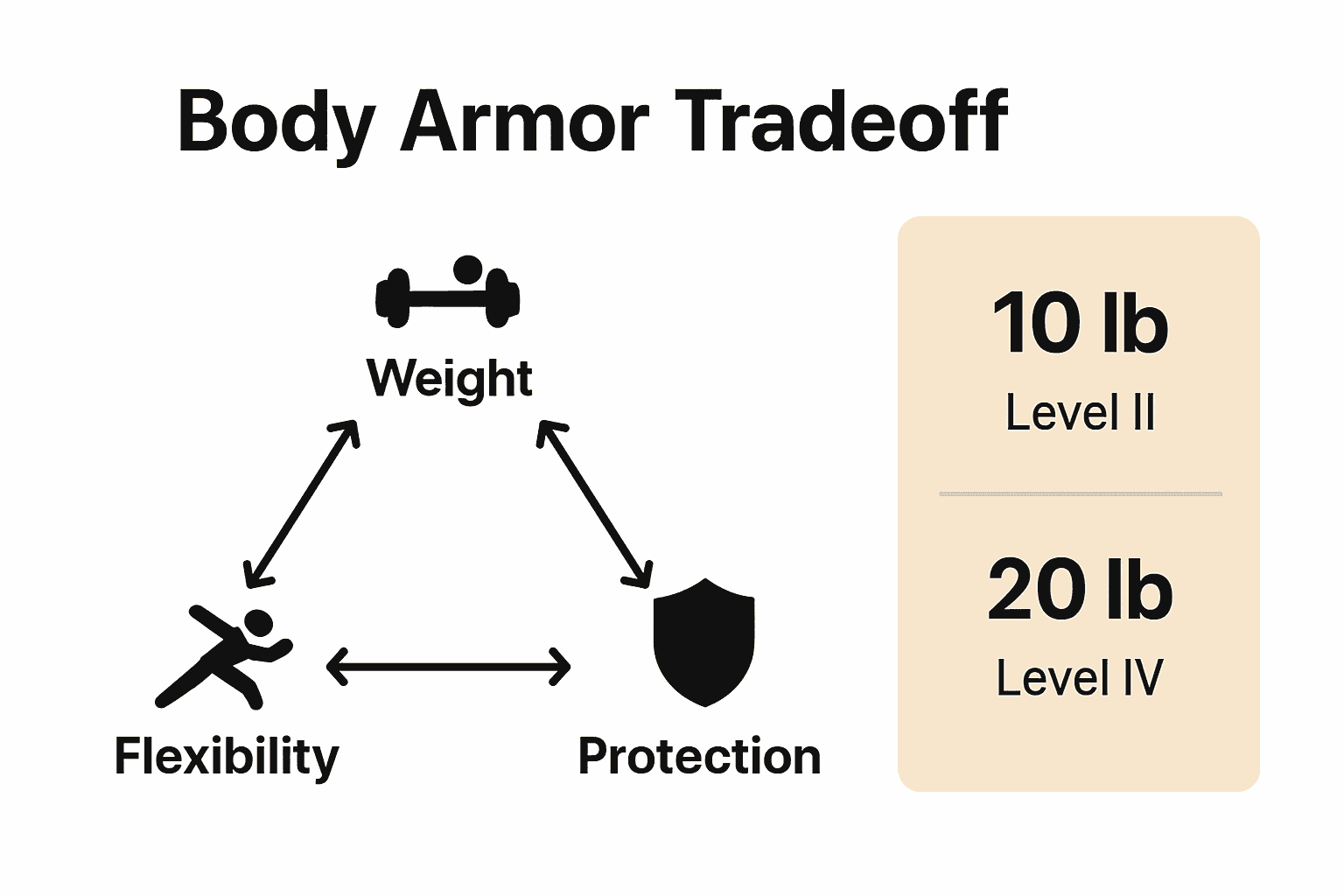
Remember that flexibility is not just physical but also strategic. Your body armor should adapt to changing environments and mission requirements. Regularly reassess your protective gear to ensure it continues meeting your evolving operational needs.
Step 4: Select Gear Balancing Comfort and Safety
Protective gear must do more than shield you it must feel like a natural extension of your body. You will learn how to select body armor that provides maximum protection without compromising your comfort or operational effectiveness.

According to military protective equipment research personal protective gear must be designed not just for safety but to enhance overall operational performance. This means your body armor should work with you not against you creating a seamless protective experience.
Consider your unique physical characteristics and operational demands. A security professional working long shifts requires different comfort considerations compared to someone needing intermittent protection. Your ideal body armor should adapt to your body like a tailored second skin minimizing friction and reducing physical strain.
Evaluate comfort through comprehensive assessment of:
- Breathability and moisture management
- Weight distribution across your body
- Padding and interior fabric quality
- Adjustment mechanisms and flexibility
- Compatibility with other gear and uniforms
Next generation body armor research highlights modular and customizable designs. As noted in advanced protection studies these innovative solutions allow users to adapt protection levels by adding or removing components based on specific mission requirements. This approach provides unprecedented flexibility in personal protection strategies.
Pro Tip: Invest time in trying multiple sizes and configurations to find your perfect fit.
Advanced materials like lightweight aramid composites and engineered fabrics now offer unprecedented comfort without sacrificing protection. Look for gear featuring integrated cooling technologies moisture wicking properties and ergonomic design that moves with your body.
Remember that comfort is not a luxury but a critical performance factor. Body armor that causes constant discomfort can distract you compromise your situational awareness and potentially reduce your effectiveness in critical moments. Choose wisely and prioritize both protection and personal comfort.
Step 5: Verify Body Armor Fit
A perfectly selected body armor is only effective if it fits precisely and performs under real world conditions. You will learn how to systematically validate your protective gear to ensure maximum safety and operational readiness.
According to a comprehensive 2022 systematic review proper fit of personal protective equipment dramatically impacts overall performance. Ill-fitting gear can cause slower reaction times reduced mobility and compromised muscle activation. This means your body armor must feel like a natural extension of your body not a restrictive barrier.
Begin with a comprehensive sizing assessment. Measure your chest torso length and critical body areas with precision. When trying on body armor pay attention to how it sits across your shoulders chest and abdomen. Look for minimal movement when you twist turn or simulate operational movements.
Evaluate protective performance through multiple validation criteria:
- Range of motion across critical joints
- Ability to perform standard operational tasks
- Consistent coverage of vital organs
- Minimal interference with movement
- Comfort during extended wear
As the U.S. Department of Defense assessment emphasizes improperly fitted protective ensembles can significantly impair your ability to use essential equipment like communication devices or weapons. Compatibility across your entire protective system becomes paramount.
Pro Tip: Always conduct dynamic movement tests wearing your full operational setup to validate real world performance.
Consider using base layers for operators to enhance overall comfort and performance. These specialized undergarments can improve your body armor’s effectiveness by managing moisture and reducing friction.
Remember that fit verification is an ongoing process. Regularly reassess your body armor as your physical condition changes and new technologies emerge. Your protective gear should evolve with your operational requirements ensuring you remain protected and prepared.
Discover the Ultimate Balance in Personal Protection
Struggling to find body armor that offers real protection without costing you your mobility or comfort? The article highlights just how difficult it can be to balance weight, flexibility, and protection in high-stakes environments. If concerns over heavy gear, restricted movement, and poor fit sound familiar, you are not alone. Many law enforcement professionals, security teams, and prepared civilians share the same struggle. At AcelinkArmor.com, we specialize in tactical and personal safety equipment tailored to solve these exact challenges. We offer advanced body armor options that bring together lightweight materials, flexible designs, and tested protective performance. Whether you need bulletproof vests for rugged field missions, armor plates to upgrade your current gear, or proven base layers for operators for maximum comfort, our catalog equips you to make confident, informed decisions.
Ready to upgrade your protection and performance at the same time? Stop letting gear limitations hold you back. Explore AcelinkArmor.com now and find the right gear to power your mission forward—your safety and effectiveness can start improving today.
Frequently Asked Questions
How can I assess the right balance between weight and protection in body armor?
Finding the right balance starts with understanding your specific operational needs. Evaluate the types of threats you face and the required mobility for your role, then test different armor options to identify the right weight that still provides the necessary protection.
What factors should I consider when measuring flexibility in body armor?
When measuring flexibility, consider your range of motion, comfort during tasks, and how well your armor accommodates standard equipment. Conduct practical movement tests to gauge how the armor performs under various scenarios, ensuring it allows for natural movement in critical joints.
How does body armor weight affect my operational performance?
Body armor weight can significantly impact your mobility and reaction time. Aim for armor that is lightweight without compromising essential protection; a good target is to find options that reduce overall load by around 20% while maintaining your safety levels.
What are the key indicators of a properly fitting body armor?
A properly fitting body armor should sit securely across your shoulders and torso without shifting during movement. Ensure you can perform standard tasks and minimal interference with movement is observed; if possible, conduct dynamic movement tests to validate the fit.
How often should I reassess my body armor’s effectiveness?
Regularly reassess your body armor at least once every six months or whenever there is a change in your operational role. This will help ensure that your gear remains suited to your evolving needs and maintains optimal protection and comfort levels.
What innovative materials can improve the comfort and flexibility of body armor?
Look for body armor made with advanced materials like flexible aramid composites or engineered fabrics. These materials can enhance comfort while maintaining protection, allowing for greater mobility and prolonged wear without adding significant weight.
Recommended
- Level 3A Backpack Armor 11×14″ Aramid Flexcore – Ace Link Armor
- Level 3A Backpack Armor 8×10″ Aramid Flexcore – Ace Link Armor
- Level 3A Backpack Armor 10×18″ Aramid Flexcore – Ace Link Armor
- Concealed Armor T-shirt Soft Flexcore Panel – Ace Link Armor
- Unveiling The Power Of Free Weights And Muscle Growth


